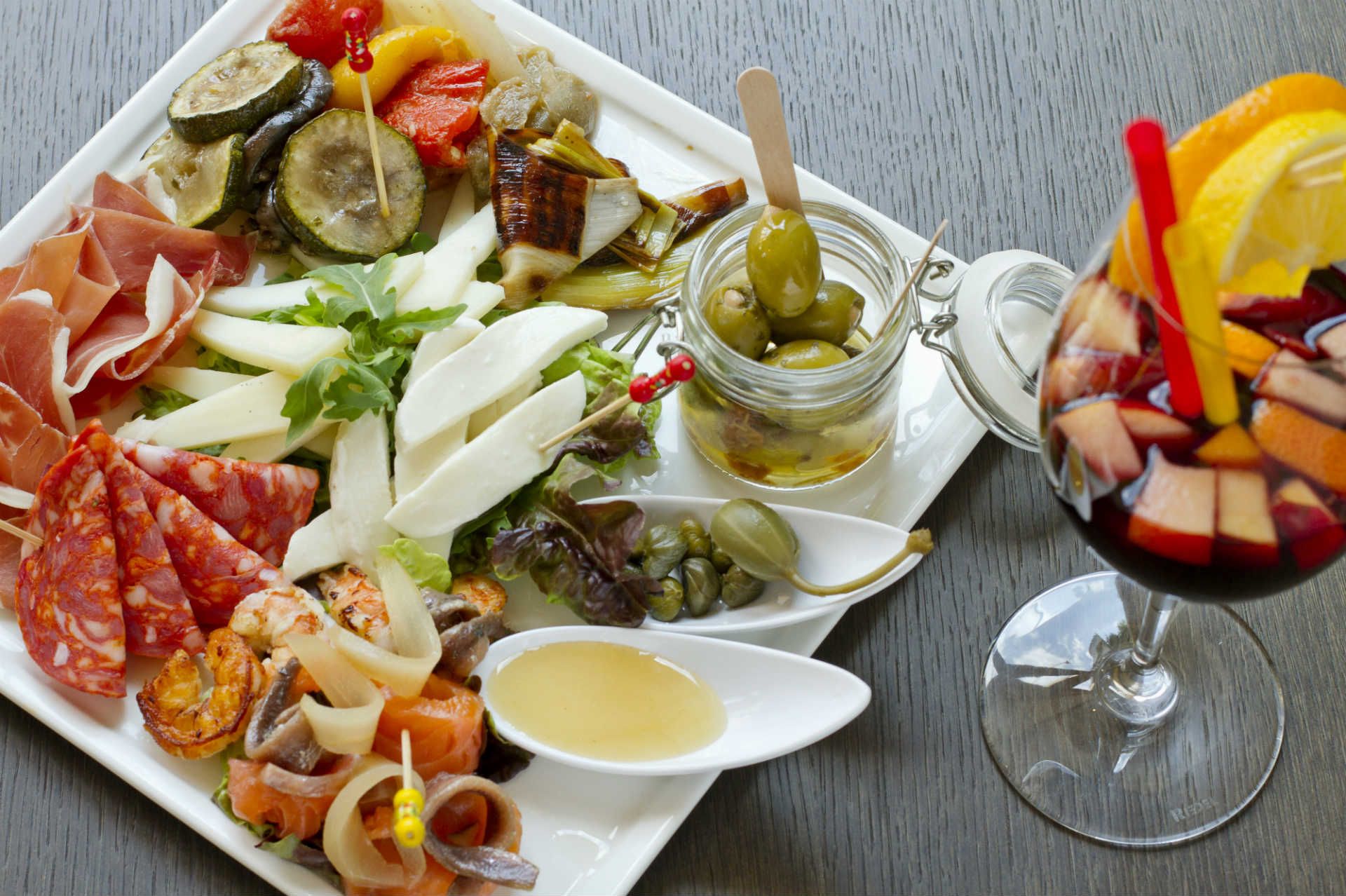2. …and you can taste Spain in an ice-cream
For over twenty years, ice-cream maestro Joaquín Lira’s innovative creations have been capturing the identity of Seville and Spain – and turning heads in the process. He has won the admiration of big-deal Spanish chef Ferran Adría (of El Bulli fame) and been featured in Rick Stein’s Spain.
As well as making ice-creams for top restaurants, Lira continues to run his own ice-cream shop, Heladería la Fiorentina, where you can sample some of the flavours, many of which are strongly rooted in Spanish, and particularly Andalucían, culture.
The crema de flor de azahar distills the smell of Seville in a springtime haze of orange blossoms; a lemon and basil blend pays tribute to the Moroccan heritage; a vinegar-infused ice-cream recreates the smell of walking through a bodega; the goats cheese, nut and apricot mix represents the Sephardic Jewish culture; and finally the dulce de palmera is inspired by a traditional Semana Santa sweet.
3. Because flamenco is rooted here
Flamenco is strongly associated with Seville and for good reason. Across the river from the old town, lies the Triana barrio, the historical heart of the city’s gitano community and once home to many great flamenco dynasties.
These days Seville is saturated with flamenco shows and memorabilia, so pick where you go wisely as there are a number of fixed show tourist traps lying in wait.
Flamenco at its best is an earthly, spontaneous expression but it can be a fickle creature – breathtakingly passionate if you manage to stumble across it, incredibly infuriating when you wait for hours and it never shows up.
Try your luck at Casa Anselma, in the historic Triana homeland. There’s no sign on the door, so head to the corner of c/Antillano Campos and look for the yellow building with a mosaic of a landscape on it. Inside, local flamenco enthusiasts squeeze into the smoky atmosphere and wait cheek-by-jowl for outbreaks of music and dancing.
Another good venue is La Carbonería, which is housed an old coal merchants building, which during daylight could be confused with a shut-up garage, but at night becomes a low-key tapas bar with live flamenco performances.



